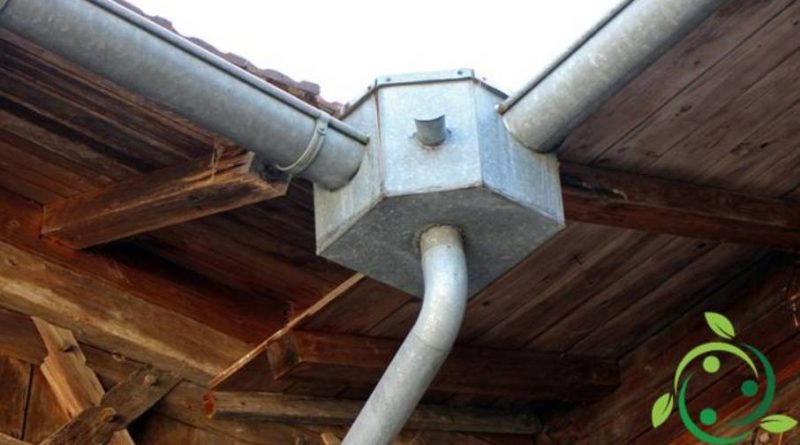How to collect rainwater
How to collect rainwater
Rainwater collection is a procedure that is part of the techniques for environmentally sustainable management of the environment and which contributes to a greater cost-effectiveness of running costs in the use of drinking water. In fact, we often use drinking water even when this is not necessary. We refer to water for irrigation of plants, for washing and cleaning of cars, floors, artifacts, etc. .. In this sheet we see how to collect rainwater, considering that this is almost free of minerals and, therefore, , much more suitable than drinking for these uses. In the design techniques of new buildings, both residential and rural, the techniques of collection and collection of rainwater have become one of the factors of economy of considerable interest. Moreover the capture of these waters decreases the superficial flow that often contributes to phenomena of instability, loss of ground, etc ..
Rainwater collection systems can be many but it is above all in the agricultural sector that, in the construction or renovation of new buildings, collection levels of absolute quantitative interest can be achieved. To understand this step, just make small and simple calculations. In fact, if we assume to live in a locality that has 600 mm of rain per year, with a collection area of 100 square meters (the pitches of a roof of a medium-sized house) one can collect 60 cubic meters of water in a year. If we add to this outdoor flooring, rest areas, etc., then the rainwater collection can reach even more interesting values, considering that for each square meters of collection area (in our rain conditions) 0.6 mc of water collected per year. Considering that the cost per cubic meter of water today varies on average (depending on some parameters, such as consumption quantity, additional sewerage, etc.) is around 3 euros, we understand that if we have accumulated (between roof pitches and various yards ) 200 cubic meters of water will save about 600 euros a year. Obviously the ecological savings are higher because the distribution of the public water collection, its treatment and its distribution entail joint costs, and therefore a greater ecological footprint. The collection system and then rainwater must be completed (in addition to the collection surfaces) by conveyance and collection systems. Conveying systems must be carefully dimensioned to prevent rains from transiting in heavy rain and getting lost. For this reason each surface of collection must have adequate slopes, at the base of which the interception and conveying works must be carried out. Height of the intercepting barriers of the captured water and dimensioning of the diameters of the conveying pipes must be previously designed, preferably by a qualified technician. A design error can nullify the intent to be achieved and above all create serious dangers for artefacts and buildings. In addition, an easily inspectable filter system must be set up, because above all the first rains bring with them considerable quantities of solid material and impurities that can clog the system and make the subsequent distribution phase impossible. It is necessary to pay particular attention to the choice of the point in which to place the collecting tank, to its sizing (it is preferable to increase it by a 1/3 for greater annual meteoric events). Obviously it is preferable that this is buried and connected to at least one autoclave and a rainwater distribution pipe. The usefulness and the economics of rainwater collection is greater than, in the design phase, it has been reasoned in terms of useful surfaces and systems of collection and accumulation of these.

